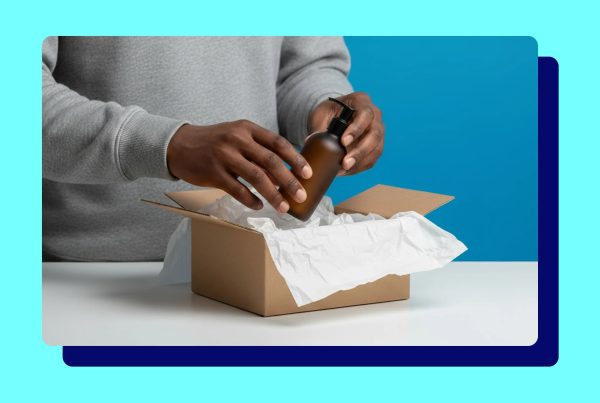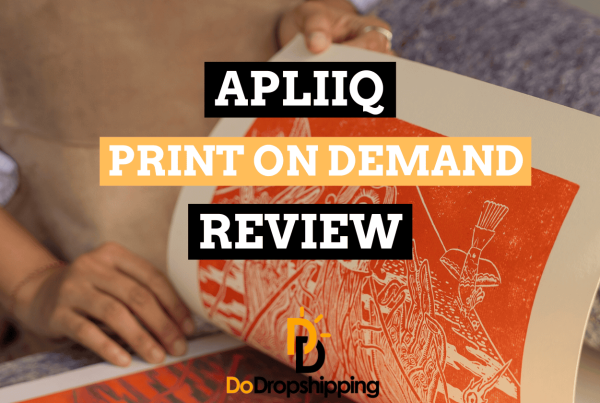The era of “40% off everything, today only” as a revenue driver is mostly gone. Nowadays, sophistication is key since repeat customers expect more than discounts.
For experienced marketers, the challenge isn’t just timing or promotion. It’s building urgency in a way that aligns with long-term goals, brand positioning, and channel constraints.
Urgency
Discounts alone no longer create urgency. Merchants need a mix of temporal, social, and product-based cues that build momentum throughout a campaign.
Consider:
- Inventory scarcity. Communicate low stock thresholds dynamically. Tools such as Fomo and Convert inject real-time signals like “12 left in stock” or “selling fast.”
- Tiered unlocks. Reward speed with value. For example: “First 100 customers get 30% off; next 200 get 20% off.”
- Personalization. Segment by purchase behavior, and run a flash sale for your most loyal customers with unique timers per buyer cohort. Klaviyo and Iterable dynamically adjust expiration based on email open or site activity.
These approaches build urgency without sacrificing profits across all customers.
Paire, a sustainable clothing brand, teases limited-quantity gift-with-purchase offers that unlock at specific spending thresholds.

Paire unlocks limited-quantity gift-with-purchase offers at spending thresholds. Click image to enlarge.
Bombas, the sock and apparel company known for its one-for-one donations, deploys personalized flash sales for loyalty segments with precision. A bright yellow “Expires Tomorrow” banner creates urgency, while strategic messaging reinforces societal impact: “3 million pairs donated.”

Bombas combines a yellow “Expire tomorrow” banner with the social impact of “3 million pairs donated.” Click image to enlarge.
Both approaches — Paire and Bombas — demonstrate how discount messaging can reinforce brand purpose when properly segmented.
Channels
Flash sales can be effective beyond holidays or end-of-quarter pushes.
- Lagging products. Got seasonal overstock or SKUs with poor velocity? Run a micro-flash sale triggered by inventory data — target customers who viewed or added those products but didn’t convert.
- Lifecycle churns. If your average repurchase window is 45 days, schedule a flash sale on day 40 with a time-sensitive reorder incentive. Use your customer data platform or email service provider to identify likely churn cohorts.
- List fatigue. If open or click rates dip by 20% across core segments, test a one-day flash event as a reactivation lever, especially if your emails emphasize content or brand rather than promos.
Flash sales affect multiple channels: email, SMS, and paid. Alignment is essential to avoid:
- Inbox fatigue. Repeated discounts can lower click-to-open rates and prompt inbox filtering by internet service providers. Suppress habitual non-clickers (except for products with longer consideration cycles) or create a dedicated “sale-only” segment where users can opt in.
- Ad dilution. Frequent promos can tank click-throughs. Use exclusions (e.g., customers who purchased in the last 30 days) to protect your evergreen campaigns.
- List degradation. Flash-sale-only buyers are likely to churn. Consider delaying welcome offers after those subscribers convert organically.
Better Flash Sales
Here’s a three-phase approach integrating urgency and control.
Warm-up (1–2 days prior):
- Tease the sale via SMS or email to high-value segments. Use early access as a loyalty perk.
- Target visitors by deploying browse abandonment emails or early ad previews.
Launch (24–48 hours max):
- Use a single call-to-action across channels.
- Pull in zero-party data where possible (“You liked [product A]. It’s 20% off today only.”)
- Embed social proof or low-inventory signals in product detail pages and ads.
Cool-down:
- Use a final chance message for non-purchasers, then suppress or retarget based on funnel behavior.
- Analyze performance by segment (e.g., new vs. returning, email vs. SMS) to understand who buys from urgency and who waits for discounts.
Beyond Revenue
A strategically executed flash sale can double as an insights tool.
- Which channel drove the fastest conversions?
- Who purchases early vs. last-call messaging?
- Did discounts elevate average order values or only volume?
Tools such as Daasity, Triple Whale, and business intelligence dashboards can provide the post-sale data to answer those questions. Then refine not just your sales cadence but audience planning and creative strategy.
In short, flash sales should not compromise a brand. When planned with data, segmentation, and restraint, they can re-energize a list, clear inventory, and deliver real margin — much more than a short-term rush.
Source link





